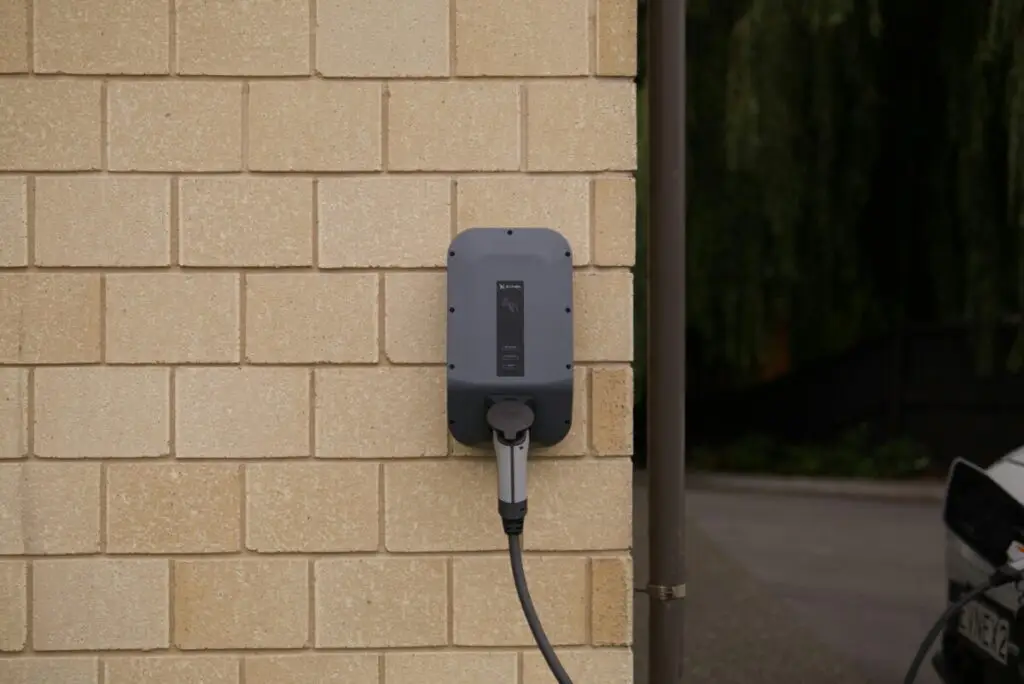Introduction
The adoption of electric vehicles (EVs) is rapidly increasing, making the availability of EV charging stations more important than ever. Whether for home, workplace, or commercial use, choosing the right EV charger type ensures efficient charging, safety, and compatibility with different vehicle models. This guide explores the three main types of EV chargers—Level 1, Level 2, and DC Fast Charging— and their applications, advantages, and installation considerations.
Types of EV Chargers
1. Level 1 EV Chargers (120V AC)
- Voltage & Power Output: Operates on a 120V standard household outlet, providing 1.3 – 2.4 kW of power.
- Charging Speed: Adds approximately 3-5 miles of range per hour.
- Best For:
- Residential charging with overnight use.
- Low-mileage daily commutes.
- Installation Requirements:
- No special wiring required; plugs into a standard outlet.
- Dedicated circuit recommended for consistent charging.
2. Level 2 EV Chargers (240V AC)
- Voltage & Power Output: Uses a 240V circuit, delivering between 3.3 kW – 19.2 kW of power.
- Charging Speed: Adds 25-60 miles of range per hour.
- Best For:
- Homeowners who need faster charging.
- Workplaces and commercial spaces.
- Public charging stations.
- Installation Requirements:
- Requires a dedicated 240V circuit installed by an electrician.
- Can be hardwired or plug-in depending on the model.
3. DC Fast Chargers (Level 3 Charging)
- Voltage & Power Output: Utilizes 480V DC or higher, delivering 50 kW – 350 kW.
- Charging Speed: Adds 60-200+ miles of range in 20-30 minutes.
- Best For:
- Public fast-charging networks.
- Fleet and highway corridor charging stations.
- High-mileage EV users.
- Installation Considerations:
- Requires high-voltage infrastructure and professional installation.
- More expensive but ideal for commercial use.
Choosing the Right EV Charger
When selecting an EV charger, consider:
- Vehicle Compatibility: Ensure the charger supports J1772 (Level 1 & 2) or CCS/CHAdeMO (DC Fast Charging).
- Charging Speed Needs: Faster charging for daily drivers vs. occasional use.
- Installation Costs & Infrastructure: Residential vs. commercial requirements.
- Smart Features: Wi-Fi connectivity, scheduling, and energy monitoring options.
Conclusion
Understanding the different types of EV chargers is essential for selecting the right solution based on speed, voltage, and installation needs. Whether using Level 1 for overnight home charging, Level 2 for daily convenience, or DC Fast Charging for rapid energy replenishment, having the correct setup ensures a seamless EV ownership experience. As EV technology advances, future innovations will focus on ultra-fast charging, wireless EV charging, and renewable energy integration.

